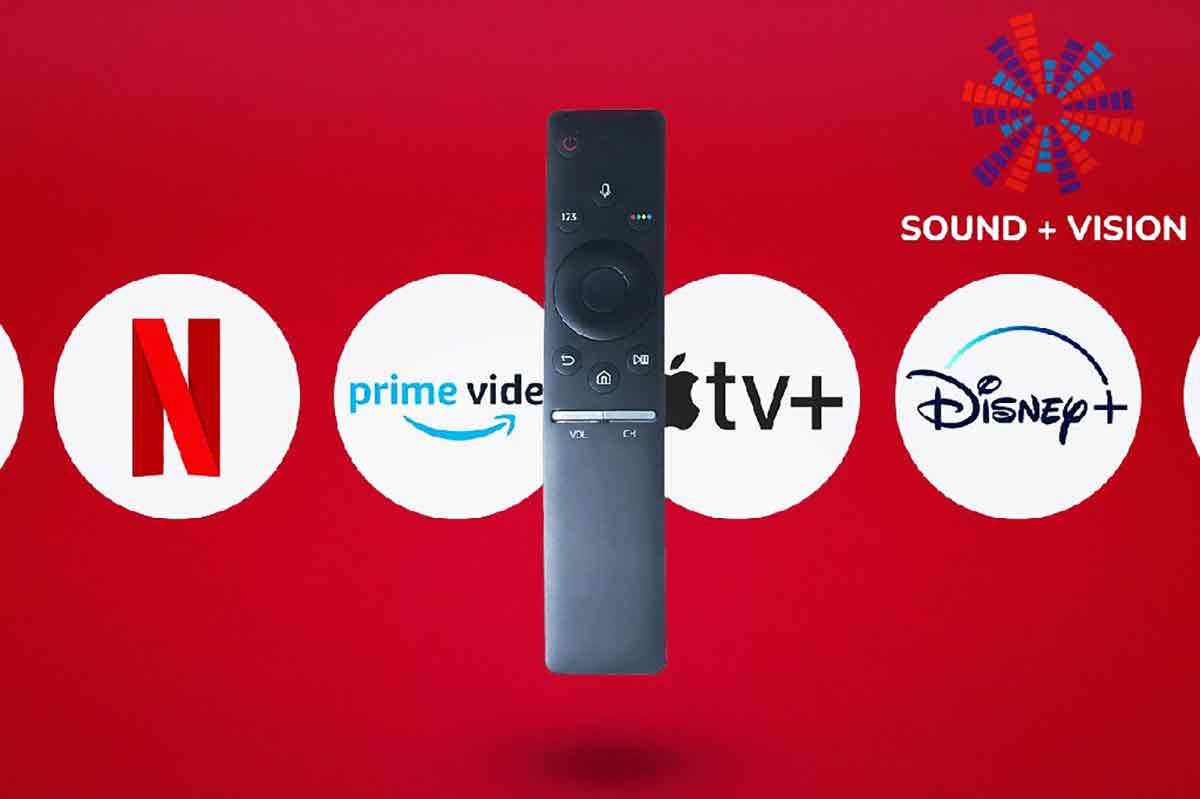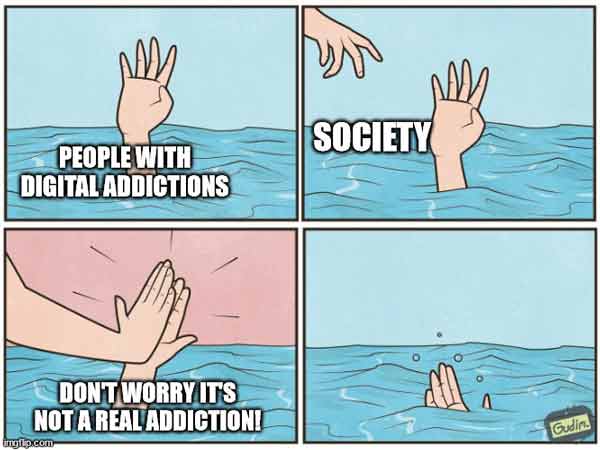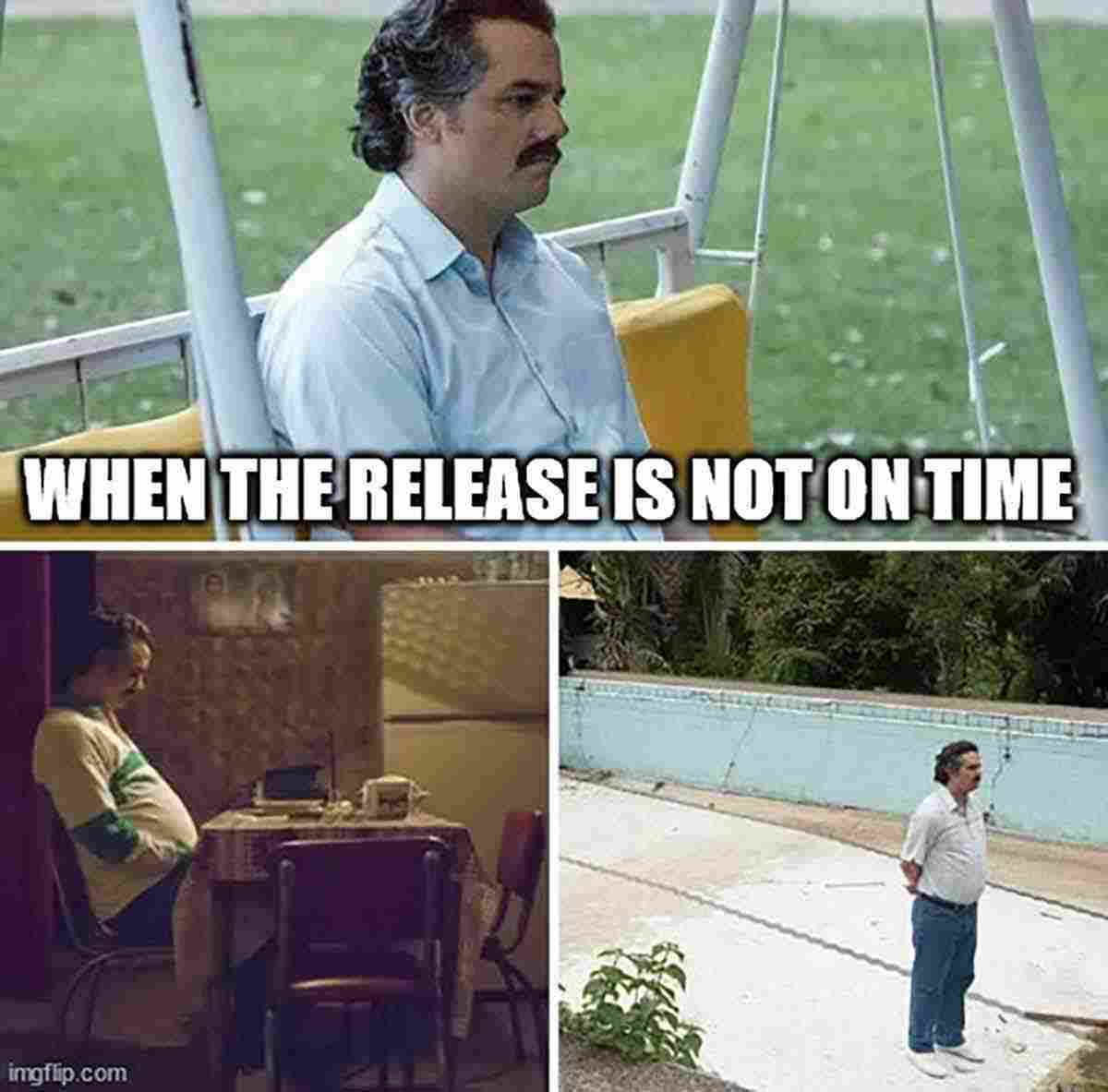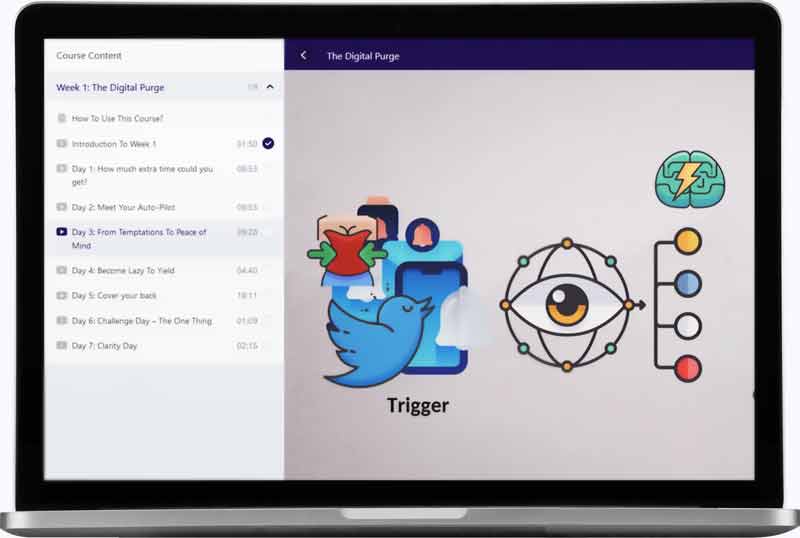Welcome to our digital detoxing series! A series on how to stop addictions toFortnite,Facebook,Instagram,porn,Netflix, Youtube,Tinder… Findall the posts about digital addiction. Today, let’s talk about how to quit the streaming addiction.

- What’s the streaming addiction?
- Addiction to streaming, a “real” addiction?
- What’s considered streaming addiction
- How much streaming is too much?
- Some technology addiction facts & statistics
- Symptoms & Causes of the streaming addiction
- Why is streaming so addictive?
- Possible causes of streaming dependency
- Symptoms, Causes and Signs of streaming addiction
- Problems, impacts & bad effects of streaming
- Some benefits of streaming
- health problems
- impact on brain & mental health
- impact on relationships
- How to stop & quit your streaming addiction
- Main steps and solutions to break the streaming addiction
- Best streaming blocker apps & functionalities
- where to seek extra help?
- Conclusion
- To Go Further
- How to help someone with streaming addiction
- Best books about technology addiction
- Research about technology addiction
What is the streaming addiction?
About streaming
Watching or listening to media over the internet without having to download it first.
Addiction to streaming, a “real” addiction?
Officially an addiction?
First, let’s have a look to the DSM-5,the Diagnostic and Statistical Manual of Mental Disorders. Does it includes streaming addiction?
No, streaming addiction is not listed in the DSM-5. The DSM-5 is the Diagnostic and Statistical Manual of Mental Disorders, Fifth Edition, which is published by the American Psychiatric Association and contains the official list of mental disorders.
So what means “streaming addiction”?
Streaming addiction is a psychological condition in which an individual compulsively engages in streaming activities, such as watching movies and television shows, playing video games, or browsing the internet. Individuals with streaming addiction prioritize streaming activities over other activities, often to the point of neglecting important responsibilities and social interactions. Symptoms often include an inability to control the amount of time spent streaming, restlessness when not streaming, and a feeling of joy or satisfaction when engaging in streaming activities.
What is considered streaming addiction?
- 1. Spending excessive amounts of time streaming (e.g. more than 4 hours a day).
- 2. Feeling a strong urge to stream, even when it is inconvenient or interferes with other activities.
- 3. Feeling irritable, anxious, or depressed when unable to stream.
- 4. Neglecting other hobbies and activities because of streaming.
- 5. Having difficulty controlling the amount of time spent streaming.
- 6. Choosing to stream over socializing with family and friends.
- 7. Neglecting important responsibilities (e.g. work, school, or household chores) because of streaming.
- 8. Spending money on streaming-related items (e.g. subscriptions, games, or in-game purchases).
- 9. Feeling overwhelmed by the thought of not being able to stream.
- 10. Feeling guilt or shame after streaming.
How much streaming is too much?
The amount of time spent on streaming is highly individual and depends on many factors, including the type of streaming content and the individual’s goals and lifestyle. It is generally recommended to limit streaming to a few hours per day and to ensure that it does not interfere with other activities such as work, sleep, physical activity, and socializing.
Some technology addiction facts & statistics

Technology addiction is a growing concern in today’s world. Here are some statistics related to technology addiction:
- 1. According to a 2019 survey by Common Sense Media, 50% of teens feel addicted to their mobile devices.
- 2. A study conducted by the Pew Research Center found that 28% of adults in the US feel they are constantly online.
- 3. A survey conducted by the American Psychological Association found that 43% of Americans are constantly checking their electronic devices for email, texts, or social media updates.
- 4. A survey conducted by the Royal Society of Public Health in the UK found that social media is the most addictive technology, with 63% of respondents reporting that they check their social media accounts at least once a day.
- 5. In a study conducted by the University of Maryland, students were asked to give up all technology for 24 hours. Many of the participants experienced withdrawal symptoms such as anxiety, irritability, and even physical symptoms such as headaches.
- 6. A study conducted by the University of Gothenburg in Sweden found that excessive use of mobile phones can lead to sleep disorders, depression, and anxiety.
- 7. According to the World Health Organization, internet addiction disorder (IAD) is a real condition that can have serious negative consequences on an individual’s mental and physical health.
Is the streaming addiction widespread?
Yes, there are many people who are addicted to streaming. With the rise of streaming services like Netflix, Amazon Prime, Hulu, and Disney+, many people have become accustomed to binge-watching their favorite shows and movies. The convenience and accessibility of these services make it easy to spend hours watching content, and some people may find it difficult to stop once they start.
Additionally, the social pressure to keep up with the latest shows and movies can contribute to addiction.
Symptoms, Causes and Signs of streaming addiction
Why is streaming so addictive?
Streaming can be very addictive because it offers immediate gratification and convenience. Streaming services make it easy to access entertainment quickly and without having to leave the house.
Additionally, streaming services often offer a wide variety of content and personalized recommendations, which can make it hard to step away once you start watching.
Possible causes of streaming dependency
- 1. Stress: Streaming can be used as an escape from stress and difficult life situations, leading to a full-blown addiction.
- 2. Boredom: A person who is bored may start streaming as a way to pass the time.
- 3. Social media: With so much of our lives now connected to social media, streaming can become an easy way to connect with friends and family.
- 4. Lack of self-control: People who lack self-control may be more likely to become addicted to streaming.
- 5. Mental health issues: People with anxiety, depression, and other mental health issues may use streaming as a way to cope with their symptoms, leading to a full-blown addiction.
Signs & Symptoms of streaming addiction
Now let’s see if you have the streaming addiction problem.
- 1. You binge watch shows and movies on a regular basis.
- 2. You find yourself spending more time streaming than watching traditional television.
- 3. You often find yourself talking about streaming services with friends and family.
- 4. You spend more money on streaming services than other entertainment options.
- 5. You are always looking for new content to watch.
- 6. You have an extensive list of shows and movies that you have already watched.
- 7. You often find yourself spending hours watching one show or movie.
Problems, impacts & bad effects of streaming: should you quit?

What are some benefits of streaming
- 1. Convenience: Streaming services provide an extremely convenient way to access a wide variety of content. You can watch movies, TV shows, live events, sports, and more, all from the comfort of your own home.
- 2. On-demand: With streaming services, you can choose to watch whatever you want, whenever you want. You don’t need to wait for a certain time to watch a show, and you can watch multiple episodes in one sitting if you desire.
- 3. Cost: Streaming services are generally much cheaper than cable or satellite TV packages. Depending on the service you choose, you may be able to access a wide range of content for a low monthly fee.
- 4. Variety: With streaming services, you have access to a wide variety of content from different sources. This means you can watch a wider range of shows and movies than you could with cable or satellite.
- 5. Quality: Streaming services often provide excellent video and audio quality, especially if you have a high-speed internet connection. With HD and 4K options available, you can enjoy a crystal clear viewing experience.
But at the opposite, what can be some streaming addiction problems addicts suffer from?
general health problems
- 1. Neck and back pain: Prolonged use of streaming services can lead to neck and back pain. This is because the posture taken while streaming is often not ideal and can cause strain on the muscles and joints of the neck, shoulders, and back.
- 2. Eye strain: Staring at a screen for long periods of time can cause eyestrain. This can lead to headaches, blurred vision, and dry eyes.
- 3. Sleep disruption: Watching streaming services late at night can disrupt the body’s natural sleep-wake cycle, leading to insomnia, fatigue, and other related issues.
- 4. Anxiety and stress: Streaming services can induce a sense of anxiety and stress due to their vast catalogs and the seemingly endless amount of content available. This can lead to feelings of overwhelm and cause the user to become overwhelmed.
- 5. Social isolation: Streaming services can lead to a decrease in social interactions, as the user spends more time in front of a screen. This can lead to feelings of loneliness and depression.
streaming and sleep disorder
Yes, excessive streaming can lead to sleep disorders or sleep problems. Here’s why:
- 1. Blue light: The blue light emitted by electronic devices such as smartphones, tablets, and laptops can suppress the production of melatonin, a hormone that promotes sleep. This can make it harder for you to fall asleep and stay asleep.
- 2. Late-night streaming: Watching shows or movies late into the night can disrupt your sleep schedule, making it difficult to wake up in the morning and feeling rested.
- 3. Overstimulation: The constant stimulation from streaming can keep your brain active and prevent it from winding down at night.
- 4. Binge-watching: Binge-watching can lead to a lack of physical activity and social interaction, which can contribute to poor sleep quality and insomnia.
To avoid these problems, it is recommended to limit screen time before bed and establish a regular sleep schedule.
streaming affecting your brain & mental health: bad for brain and mental health?
Some effects of streaming on your brain
- 1. Decreased Attention Span: Streaming can lead to a decrease in attention span as people become more accustomed to taking in information quickly and moving on to something else.
- 2. Increased Impulsivity: Streaming can lead to increased impulsivity because people become accustomed to taking in information quickly and moving on without much thought.
- 3. Distraction: Streaming can be distracting as people become more easily distracted by the various elements of streaming, such as music, visuals, and ads.
- 4. Poor Memory: Streaming can lead to poor memory because people are not taking in the information in a meaningful way and therefore not retaining it.
- 5. Reduced Cognitive Function: Streaming can lead to reduced cognitive function due to the high levels of stimulation. This can lead to difficulty in concentrating and focusing on tasks.
Some effects of streaming on your mental health
- 1. Feeling of Isolation: Streaming can lead to feelings of isolation, as it can be hard to separate the real world from the virtual world. This can lead to feelings of loneliness and disconnection.
- 2. Poor Time Management: Streaming can be an easy way to pass the time, but it can also be a major distraction from important activities and tasks. This can lead to poor time management and procrastination.
- 3. Reduced Social Interaction: Streaming can reduce the amount of real life social interaction. This can lead to a lack of meaningful relationships with other people and a sense of disconnection from the world around you.
- 4. Mental Fatigue: Streaming can cause mental fatigue as it requires a lot of concentration and focus to stay engaged. This can lead to feelings of exhaustion and burnout.
- 5. Increased Stress: Streaming can be a source of stress as it can be difficult to keep up with the latest trends and fads. This can lead to feelings of anxiety and overwhelm.
Does streaming cause stress and anxiety?
Streaming itself is not likely to cause stress or anxiety. However, excessive streaming or binge-watching can lead to negative consequences such as sleep deprivation, social isolation, and decreased physical activity, which can contribute to feelings of stress and anxiety.
Additionally, some people may feel overwhelmed by the vast amount of content available for streaming, leading to decision fatigue and choice overload. It is important to consume streaming content in moderation and prioritize self-care to avoid negative effects on mental health.
Can streaming addiction lead to sadness and depression?

Yes, streaming addiction can lead to sadness and depression. Excessive streaming can lead to feelings of isolation, social withdrawal, and neglect of important relationships and responsibilities. It can also disrupt normal sleep patterns, leading to fatigue and irritability. Furthermore, constant exposure to negative content can also contribute to negative emotions and impact mental health. It is important to maintain a healthy balance between streaming and other activities and seek help if streaming addiction is causing negative consequences in your life.
Dopamine and streaming
Dopamine is a neurotransmitter that plays a key role in the brain’s reward system. It is released when we experience pleasure or reward, and it motivates us to seek out more of that pleasure or reward in the future. Streaming platforms, like Netflix and Spotify, have been found to activate the release of dopamine in the brain. This is because they provide a continuous stream of new content that is tailored to individual user preferences, creating a sense of novelty and excitement. As users binge-watch or listen to music for hours on end, they are rewarded with a steady stream of dopamine, which can lead to addictive behavior. However, it is important to note that the relationship between dopamine and streaming is complex and influenced by various factors, including individual differences in brain chemistry and behavior.
streaming effects on Focus, productivity, attention span, academic performance…
Yes, streaming can affect focus, productivity, attention span, and academic performance in several ways. Here are a few examples:
- 1. Distraction: Streaming can be a major distraction, especially if students are watching or listening to content while studying or working on assignments. The constant notifications and updates from streaming services can divert their attention from their work, leading to decreased productivity and lower academic performance.
- 2. Time consumption: Streaming can also consume a lot of time, leaving students with less time to complete their academic work. Binge-watching shows or movies, for example, can lead to students staying up late or missing deadlines.
- 3. Poor sleep quality: Watching streaming content late into the night can affect sleep quality, leading to fatigue and decreased focus and attention the following day.
- 4. Addiction: Streaming can become addictive, leading to students spending excessive amounts of time watching or listening to content instead of focusing on their studies.
In summary, while streaming can be a form of entertainment and relaxation, it is important to use it in moderation and not let it interfere with academic responsibilities.
A word about ADHD and streaming
People with ADHD may interact differently with streaming compared to those without ADHD. Here are some potential ways that ADHD may affect streaming behavior:
- 1. Difficulty with sustained attention: People with ADHD may have difficulty focusing on one task for an extended period of time. This may make it more challenging for them to watch a full movie or TV show without getting distracted. They may be more likely to switch between different shows or movies, or pause and resume watching frequently.
- 2. Hyperfocus: On the other hand, people with ADHD can also experience periods of hyperfocus where they become completely absorbed in a task or activity. This may lead to binge-watching or spending hours on end watching a particular show or streamer.
- 3. Impulsivity: People with ADHD may also be more impulsive when it comes to choosing what to watch. They may be more likely to choose a show or movie based on a whim or recommendation rather than carefully considering their options.
- 4. Multitasking: Some people with ADHD may also be more likely to multitask while streaming. They may have several tabs or apps open at once, or fidget with their phone or other devices while watching.
Overall, there is no one-size-fits-all answer to how people with ADHD interact with streaming. Everyone’s experience is unique, and it may vary depending on the individual’s specific symptoms and coping strategies.
affecting your relationships
streaming and self-esteem
There are several ways in which streaming can affect self-esteem:
- 1. Comparison with others: Streaming platforms often showcase the best of the best, which can create a sense of inadequacy in some viewers. When individuals see others performing at a high level, they may feel like they are not good enough or that they do not measure up.
- 2. Feedback and criticism: Streaming platforms also offer viewers the opportunity to receive feedback and criticism from others. While constructive feedback can be helpful, negative comments can be hurtful and damaging to self-esteem.
- 3. Pressure to perform: Streaming platforms can create pressure to perform at a high level. When individuals feel like they have to perform at a high level, they may feel anxious, stressed, or overwhelmed, which can negatively impact their self-esteem.
- 4. Social comparison: Since streaming platforms are often social in nature, individuals may compare themselves to others who are streaming. This can lead to feelings of jealousy, envy, and low self-esteem if they feel like they are not as successful as others.
Overall, while streaming can be a great way to connect with others and showcase skills, it is important to be mindful of how it may impact self-esteem and take steps to protect and promote positive self-esteem.
streaming addiction leads to isolation and loneliness?
.jpg)
Yes, streaming addiction can lead to isolation and loneliness. When someone becomes addicted to streaming, they may spend a lot of time alone, neglecting their social relationships and responsibilities. This can lead to feelings of isolation and loneliness, which can have negative impacts on mental health.
Additionally, excessive streaming can lead to a sedentary lifestyle, which can contribute to physical health problems and further isolate the individual. It’s important to maintain a balance between streaming and other activities, including socializing with friends and family.
Effects of streaming on your relationship
Positive effects of streaming on your relationship:
- 1. Shared interests: Streaming can create common interests between couples, leading to more shared experiences and conversations.
- 2. Bonding time: Watching a show or movie together can be a great way to spend quality time together and strengthen your relationship.
- 3. Cost-effective: Streaming services are usually more affordable than going to the movies or buying DVDs, which can help you save money and enjoy more entertainment.
- 4. Convenient: You can watch your favorite shows and movies at any time and from any location, which can make it easier to fit date nights into your busy schedule.
Negative effects of streaming on your relationship:
- 1. Time-consuming: Binge-watching shows can take up a lot of time, which can lead to neglecting other responsibilities or hobbies, including spending time with your partner.
- 2. Different preferences: You and your partner may have different tastes in shows or movies, leading to disagreements or arguments about what to watch.
- 3. Isolation: Spending too much time watching shows or movies can lead to isolation and decreased social interaction, which can negatively impact your relationship and overall well-being.
- 4. Addiction: Streaming services can be addictive, leading to compulsive behavior and neglecting other aspects of your life, including your relationship.
How To Stop & quit Your streaming Addiction
Finally you think you are addicted to streaming and you are wondering how to quit it? How to break and overcome your cravings for streaming?
Here are the best solutions, steps, supports, resources and help you can get to treat your streaming addiction.
Main steps and solutions to break the streaming addiction
- 1. Acknowledge Your Addiction: The first step in getting rid of streaming addiction is to recognize that you have a problem and that it’s negatively impacting your life.
- 2. Set Realistic Goals: Set goals that are achievable and realistic and don’t set yourself up for failure.
- 3. Identify Triggers: Identify the things that trigger your streaming addiction and take steps to avoid them.
- 4. Find Healthy Alternatives: Find activities that can provide the same level of satisfaction as streaming without the detrimental effects.
- 5. Seek Professional Help: If your streaming addiction has spiraled out of control and you can’t seem to stop yourself from engaging in it, consider seeking professional help from a therapist or other mental health professional.
Actually, that’s what most documentation out there is about… However, quitting a digital addiction can be a bit trickier than that.
So our team, after testing many ways, designed a bulletproof way to overcome them. Here are some clear and practical steps that are very powerful to quit a digital addiction, including streaming:
1. Purge temptations: Get rid of streaming
First, cleaning your life from temptations is much easier than resisting to them. Disable or delete your streaming accounts, change the password and hide it somewhere you can’t access easily, keep your phone / computer far away… Out of sight out of mind.
Here is a video from our course the The Digital Purge. on how to add resistance to your temptations, so you become so lazy to engage with them that you give them up:


